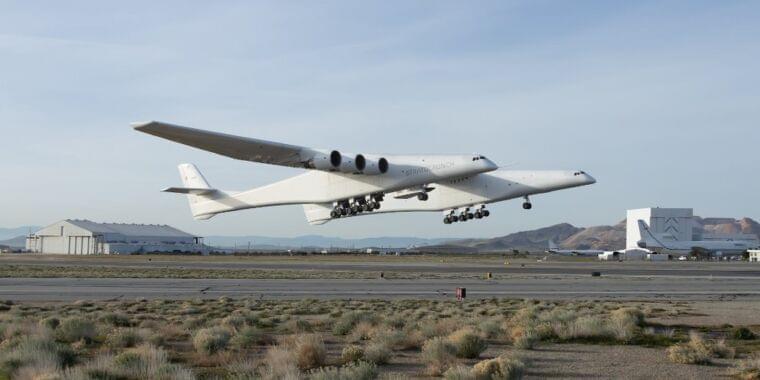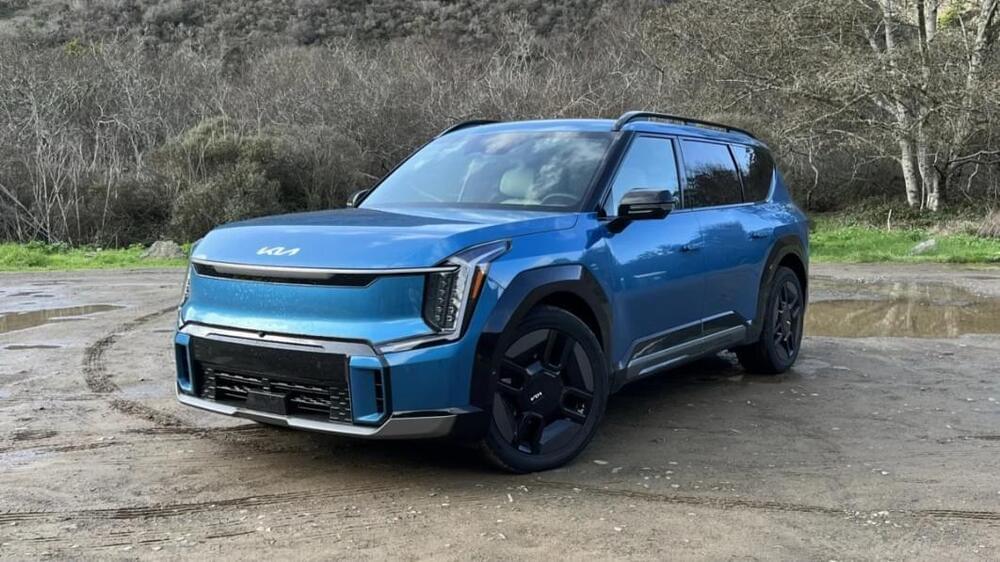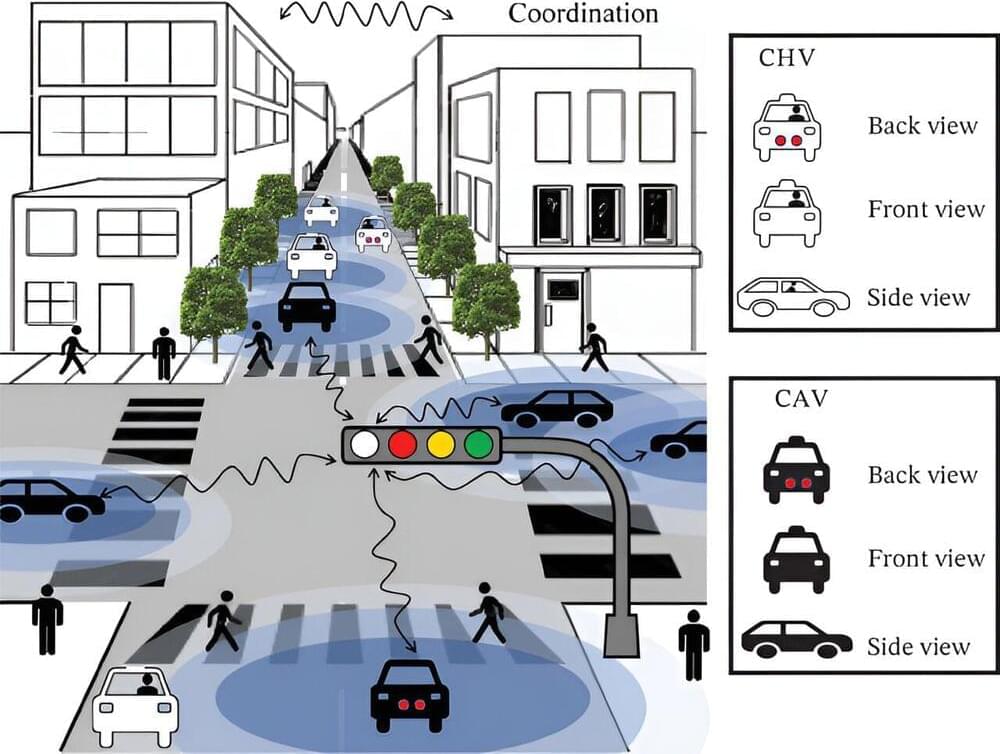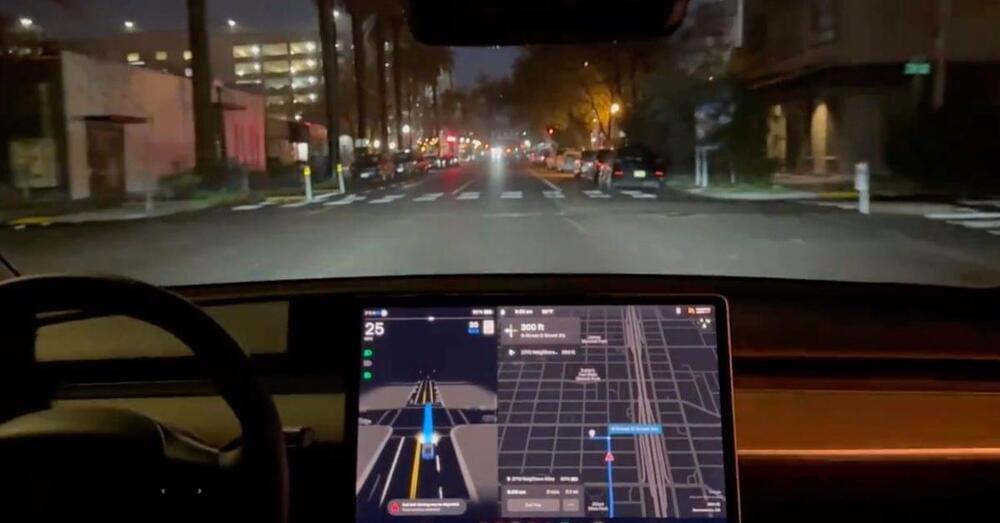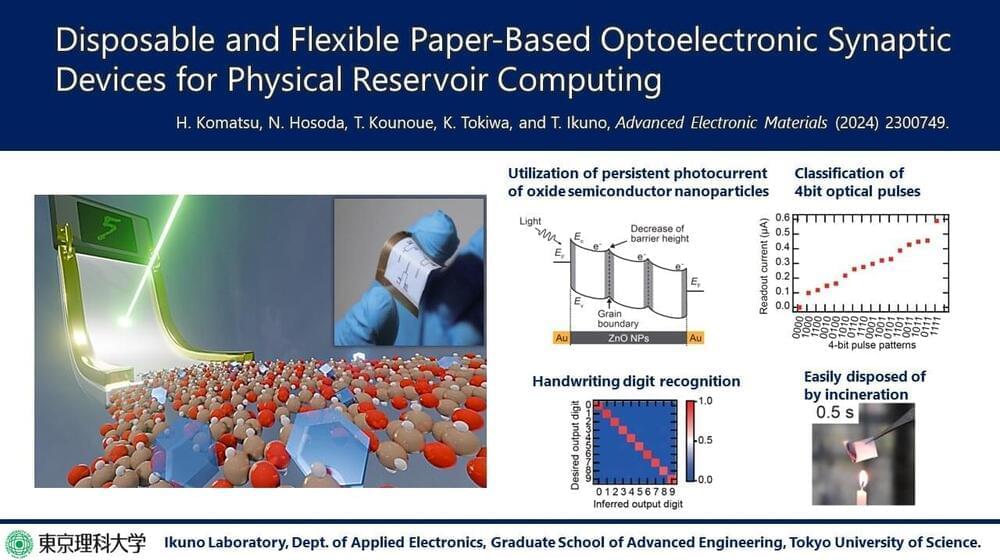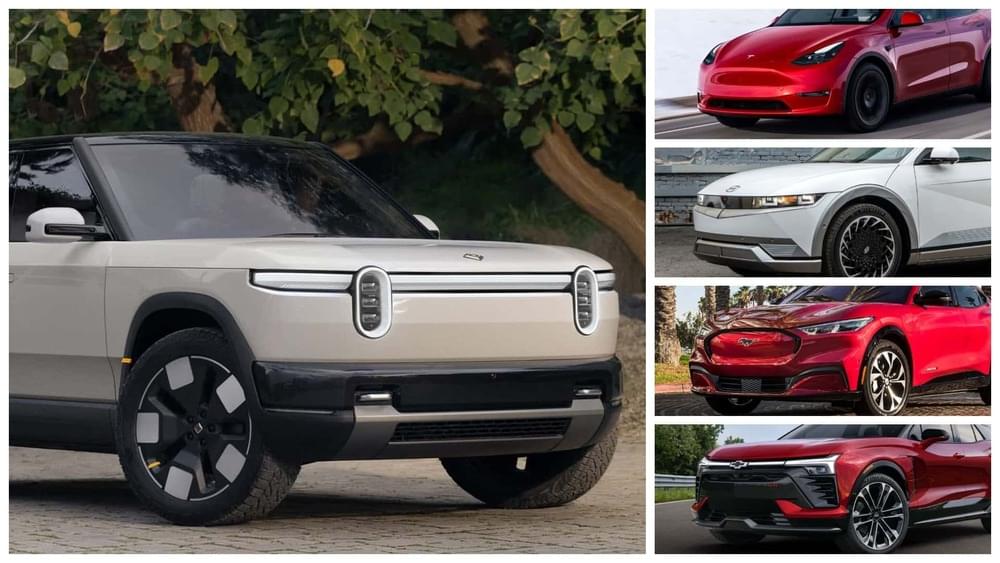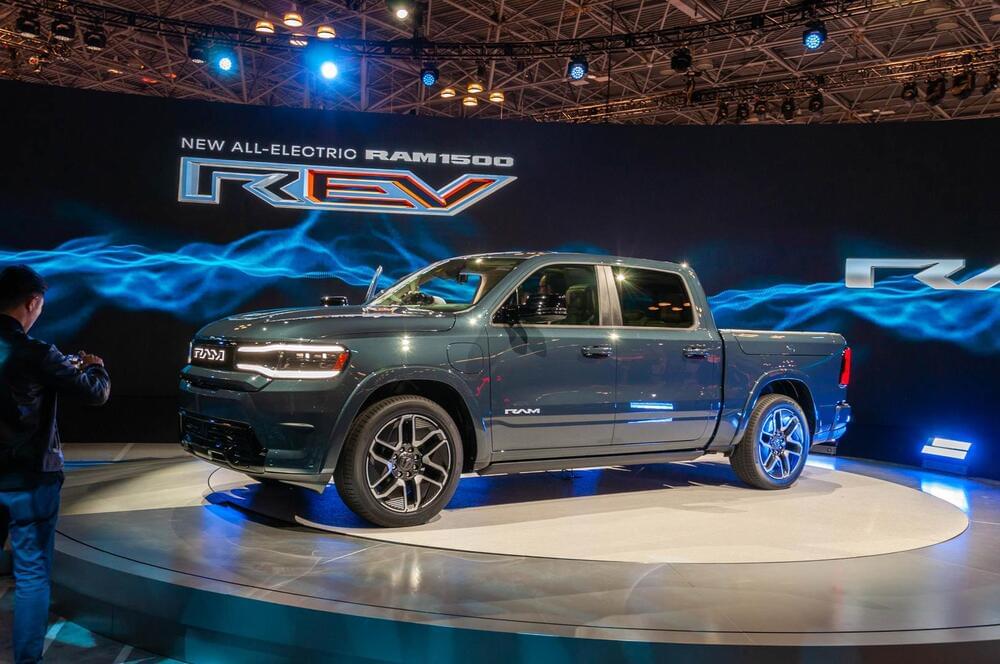Figure has demonstrated the first fruit of its collaboration with OpenAI to enhance the capabilities of humanoid robots. In a video released today, the Figure 1 bot is seen conversing in real-time.
The development progress at Figure is nothing short of extraordinary. Entrepreneur Brett Adcock only emerged from stealth last year, after gathering together a bunch of key players from Boston Dynamics, Tesla Google DeepMind and Archer Aviation to “create the world’s first commercially viable general purpose humanoid robot.”
By October, the Figure 1 was already up on its feet and performing basic autonomous tasks. By the turn of the year, the robot had watch-and-learn capabilities, and was ready to enter the workforce at BMW by mid-January.
